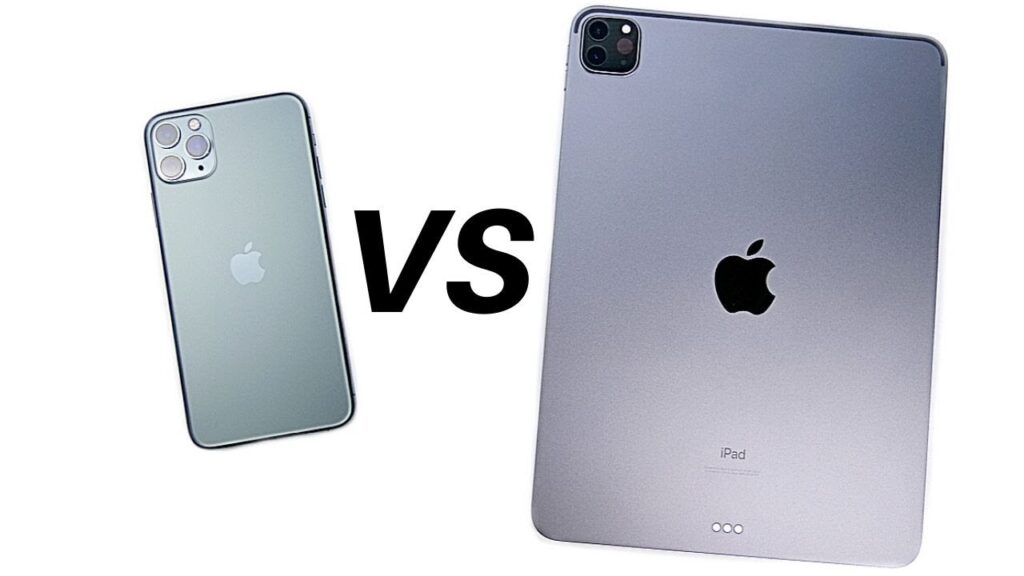When it comes to Apple devices, deciding between an iPad and an iPhone can be a significant decision. Both devices offer unique features and capabilities, catering to different needs and preferences. The choice depends on factors such as size and portability, intended usage scenarios, multitasking capabilities, performance, price, and connectivity options. In this guide, we will explore the differences between iPads and iPhones to help you make an informed decision based on your specific requirements.

Deciding between an iPad and an iPhone ultimately depends on your specific needs and preferences. Here are some factors to consider when choosing between the two:
Size and Portability:
- iPhone: iPhones are smaller and more portable, fitting comfortably in your pocket. They are designed for on-the-go use and easy handling.
- iPad: iPads come in various sizes, offering larger displays that are ideal for tasks requiring more screen real estate. They are portable but less pocket-friendly compared to iPhones.
Usage Scenarios:
- iPhone: iPhones are primarily used for communication, calling, messaging, and mobile productivity. They are suitable for tasks such as texting, browsing, social media, photography, and accessing apps on the go.
- iPad: iPads are more versatile and offer a better multimedia and productivity experience. They are great for content consumption (e.g., watching videos, reading books, and browsing the web) and productivity tasks (e.g., writing, editing documents, and multitasking with split-screen capabilities).
Screen Size and Multitasking:
- iPhone: iPhones have smaller screens, limiting multitasking capabilities. They are designed for single-app focus and quick interactions.
- iPad: iPads offer larger screens, allowing for more productive multitasking. With split-screen, slide-over, and picture-in-picture features, you can work with multiple apps simultaneously.
Performance and Power:
- iPhone: iPhones are powerful devices with high-performance processors. They are optimized for efficient mobile performance and can handle most tasks smoothly.
- iPad: iPads typically have more advanced processors, offering enhanced performance, especially for resource-intensive tasks like video editing, gaming, and running demanding apps.
Price:
- iPhone: iPhones tend to be more expensive due to their compact design and advanced features.
- iPad: iPads have a wider price range, including more affordable options, making them suitable for various budgets.
Connectivity and Calling:
- iPhone: iPhones have cellular connectivity options, allowing you to make calls and access the internet anywhere with a data plan.
- iPad: iPads come in both Wi-Fi-only and cellular models. Cellular models offer on-the-go connectivity, but they may require an additional data plan.
Consider your specific needs, whether you prioritize portability, require a larger screen for certain tasks, or need advanced productivity capabilities. If you already have a smartphone, an iPad can complement it by offering a larger display and more productivity-oriented features. Ultimately, it’s a personal choice based on your lifestyle, preferences, and intended use cases.
Additionally, explore the blog to discover the anticipated features in the upcoming iPhone 15 and iPhone 16 models.